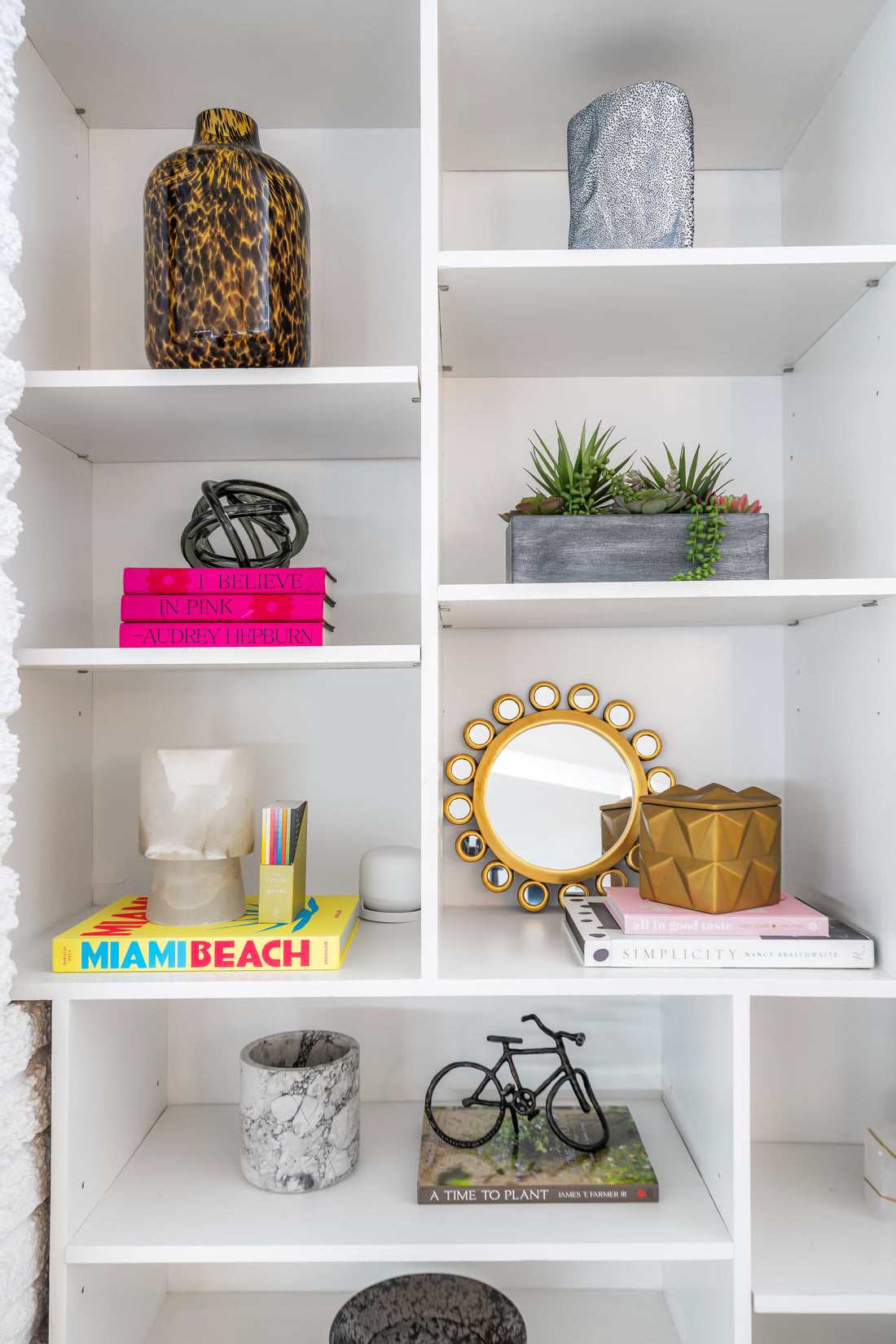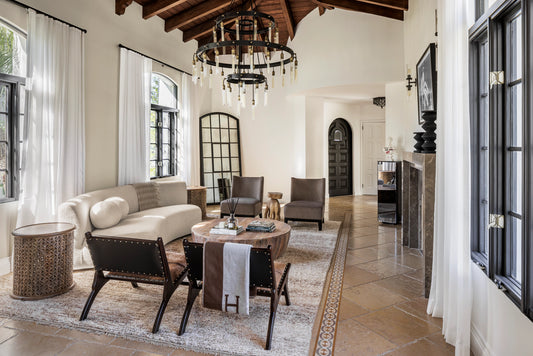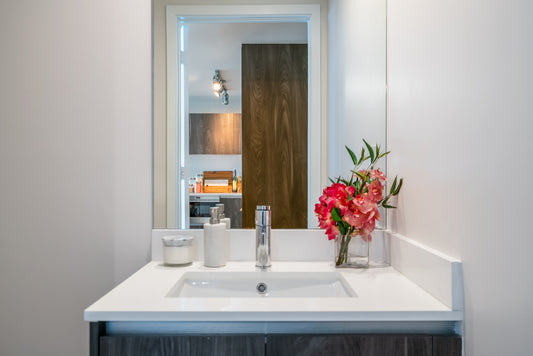“The details are not the details, they make the design”.
-Charles Eames

Accessories complete a space, add vibrancy, give it character, and create a sense of cohesiveness; These extras put the soul in an otherwise bland design. As important as they are, it can be challenging when selecting and arranging accessories for different spaces.
So to make the process easy for you, here are our top tips to keep in mind when accessorizing your home:
Assess the room:
The crucial first step with any home accessorizing project is to ask yourself basic questions about the room you are decorating.
-
Is it a common area or a private area?
-
How do you envision the space working for your everyday needs?
Taking the time to think about these questions will help you decide what you need for a specific space and thus make more informed decisions on selecting items based on functionality or aesthetic.
Decide on your style:
One of the most important parts of designing a space is bringing your personal style into it. But it can also feel overwhelming if you’re not sure what your style is. Do you want a Scandinavian-style space with a more minimal approach and crisp color palette, or are you aiming for a contemporary style with pops of color and sculptural objects- Like this open concept living room that we have designed for one of our clients.
Don’t forget lighting:
Lighting is one of the most important elements of any space. When accessorizing our spaces, we make sure to incorporate different levels of lighting in order to create dimension and provide several options to set the mood. In this case, we were able to integrate lighting within the millwork to accentuate the items on the shelves and the unit as a whole. Adding mirror panels within the open shelving provided an area for the natural light to bounce off of when entering the room.
Below you can see how this modern light in the center of the ceiling has become the focus of space. Beautiful lighting like this grabs a lot of attention and works as a “Wow factor” for the whole design.

Styling shelves:
Be sure to use books when styling shelves; this will prevent your shelves from looking like a “gift shop.” Arrange groups of books first, as we have done on these shelves, and then fill in the empty spaces with decorative items, sculptures, stones, candles, bowls, etc. We love to incorporate our client's personal items, such as the resin bowl on the lower shelf. We want our client's spaces to feel personalized and tailored to them- stlying and accessorizing is the perfect opportunity to do just that.

Follow the Rule of Three:
When accessorizing on a surface such as a table or shelf, we try to arrange items in groups of 3, something small, something medium, and something large; this will add visual interest and create variety. For instance, in this design of our client’s space, we have a sofa table beautifully composed with a large pot and a bowl, some medium books, and a small sculpture and pot. On the breakfast table, we centered a linear rectangular vase centered in between 3 dining chairs. We also followed this rule when layering accessories within the closed shelving.

Interior Design: House of One
Millwork: Grafton Furniture
Photos taken by: Lifestyle Production Group





